You’ve heard of the seven stages of grief. But what about the six stages of aging? Believe it or not, the female aging process and mourning are not the same thing.
Two authors have defined the six stages we’re all going through in the witty little book, How Did This Happen? Poems for the Not So Young Anymore. In pages devoted to each stage—Insult, Injury, Defiance, Dread, Grit and Grace–Mary D. Esselman and Elizabeth Ash Velez explore the phenomenon they call “Aging While Female” using traditional poems and the non-traditional—twitter posts, snippets of interviews, etc.
Each section opens with an introduction that will have you grimacing, nodding and laughing in equal parts. “[Aging is] something that happens to other people, until it happens to you,” the authors write. “That gray hair. Those apple cheeks puddling into jowls. Cold sweat at the doctor’s and hot flashes at night. Issues cosmetic and cosmic—but wait, how did this happen?” This is a place to start looking for the answer.





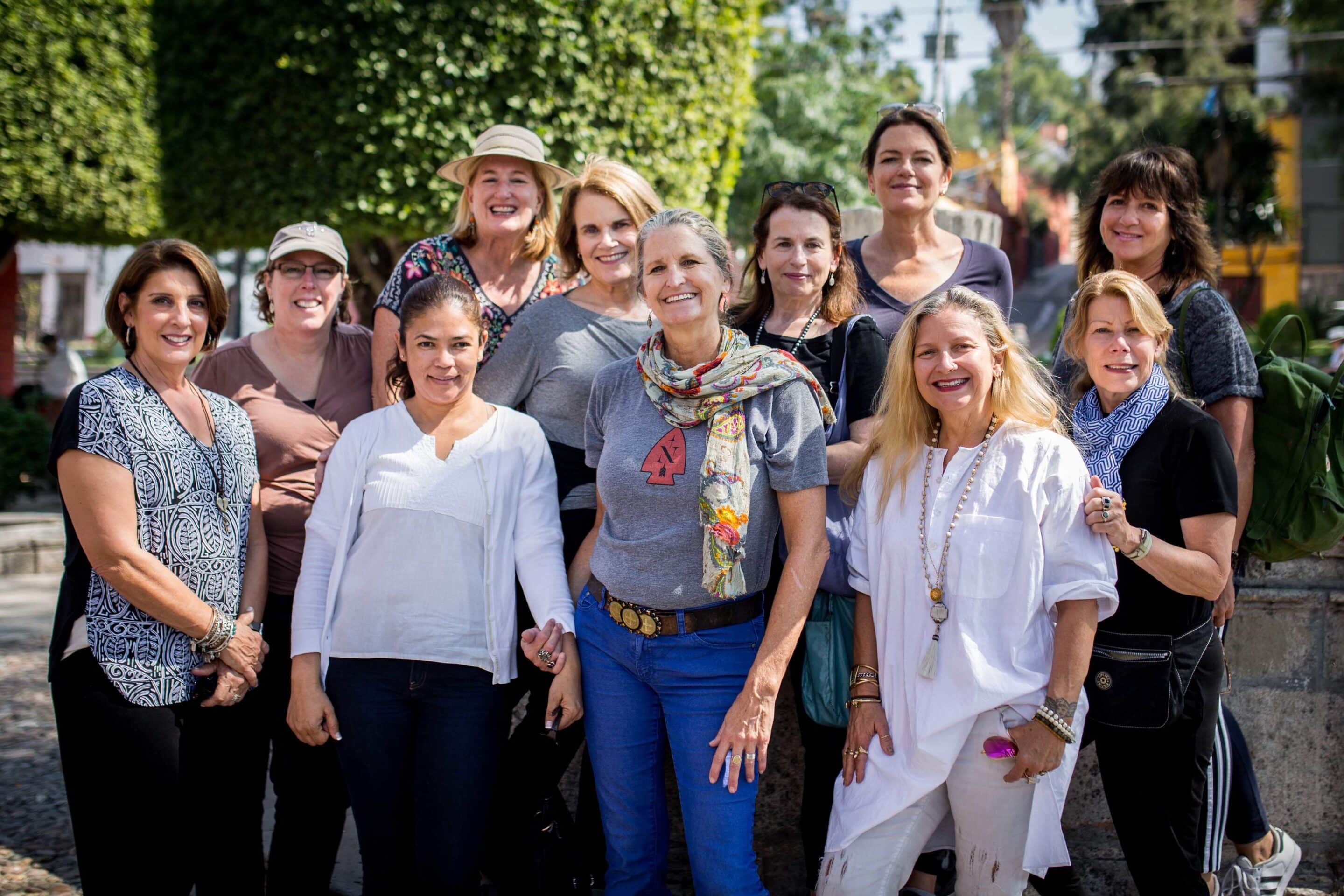

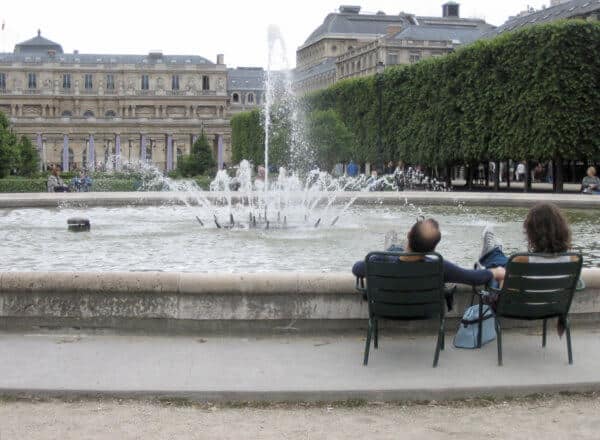
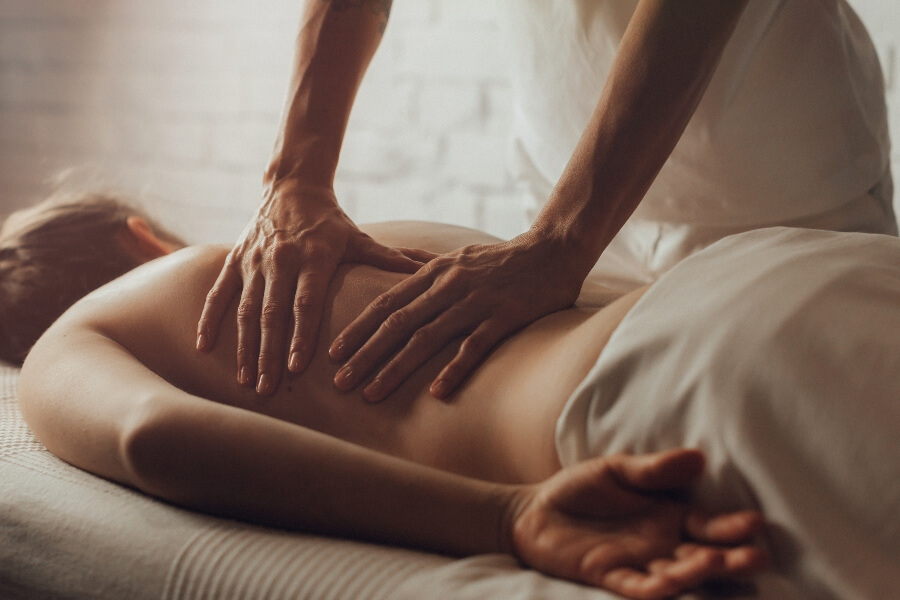
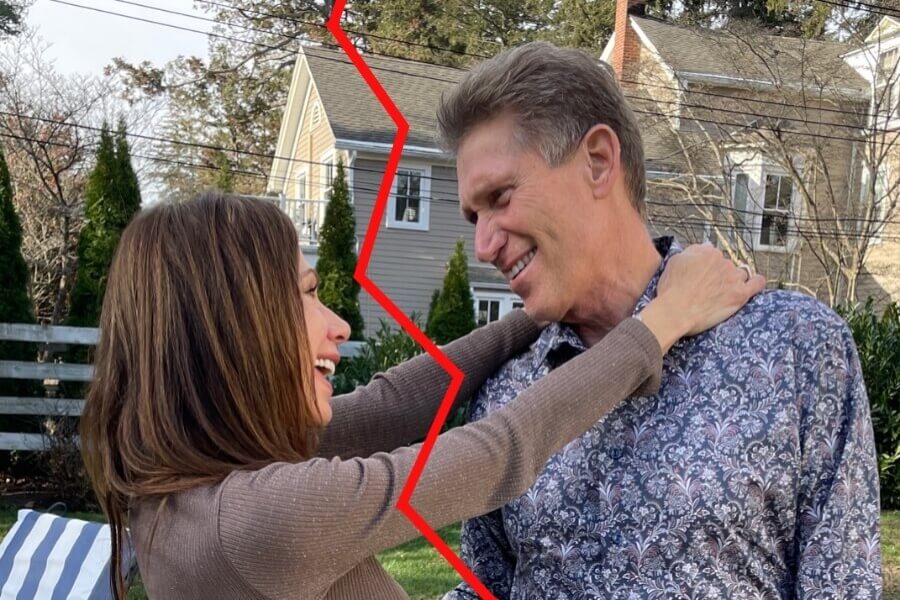

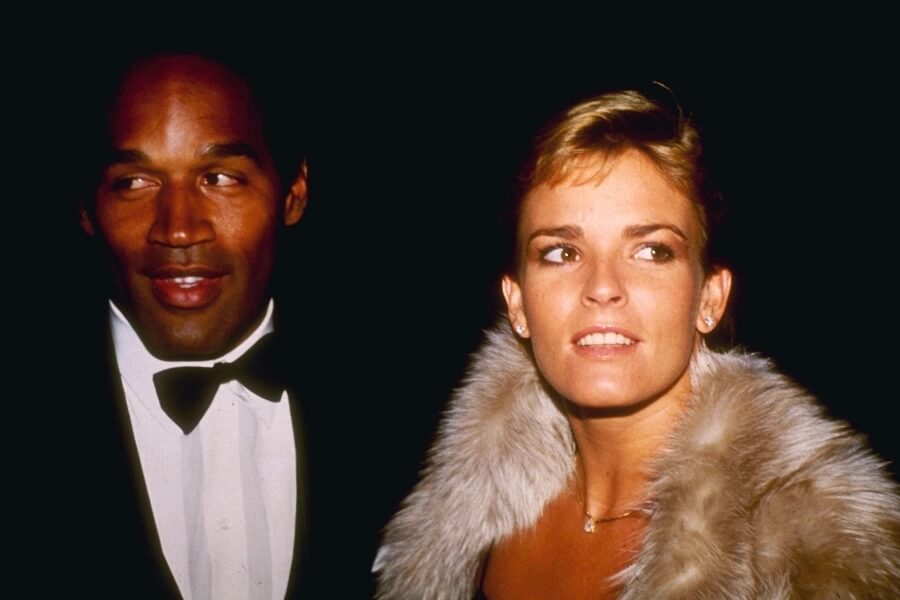
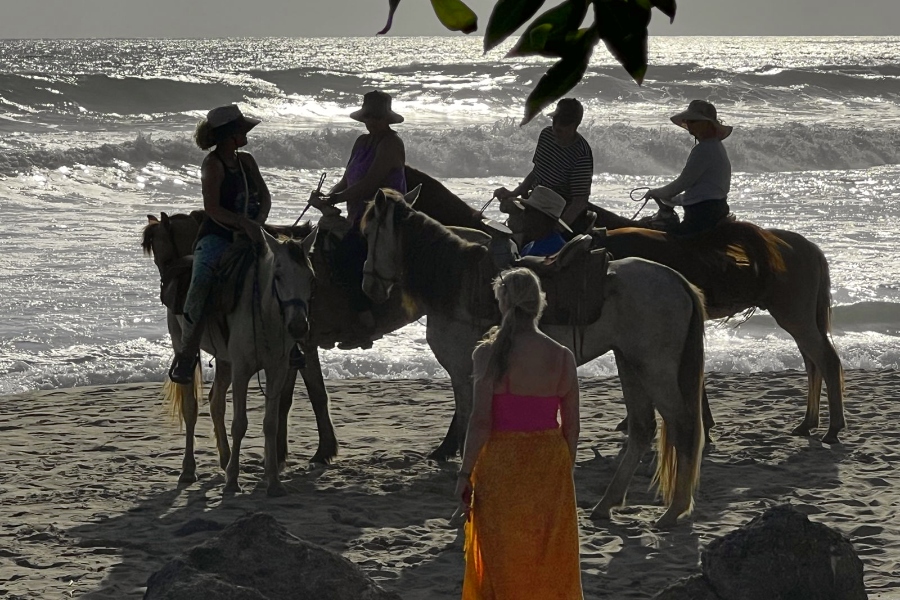
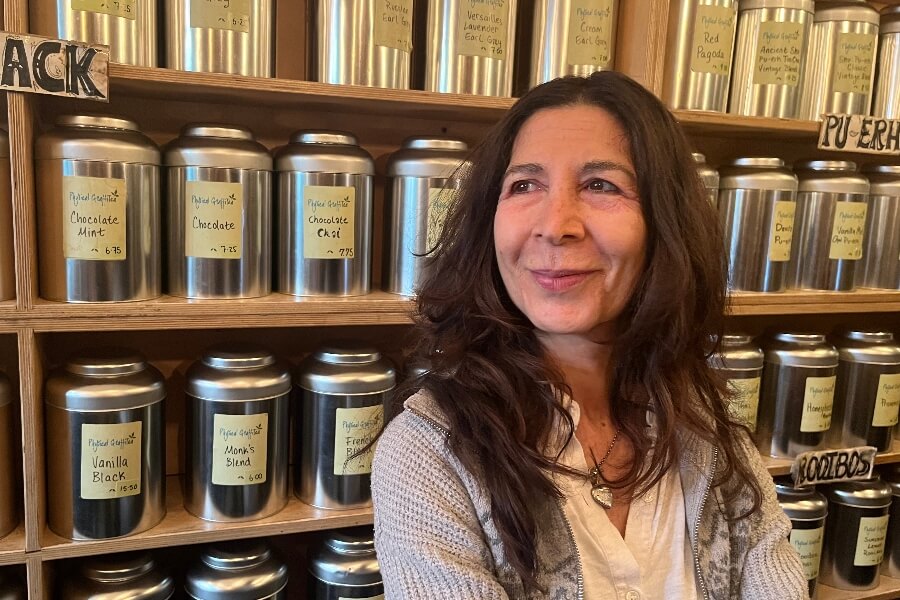
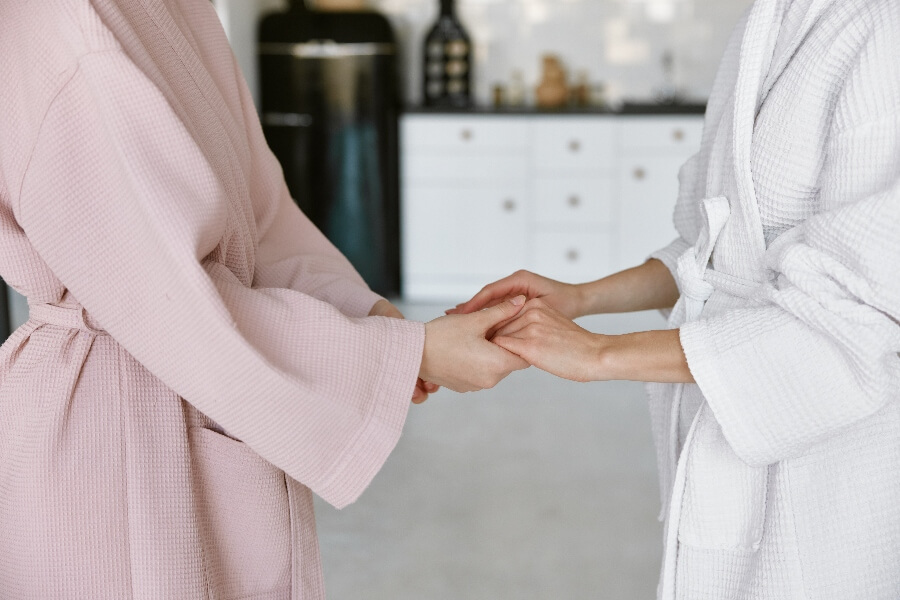
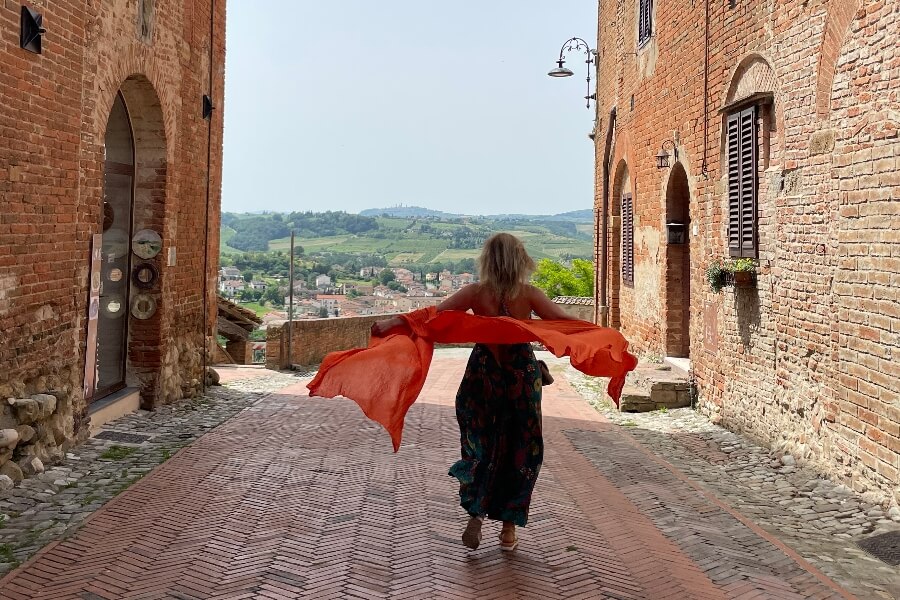
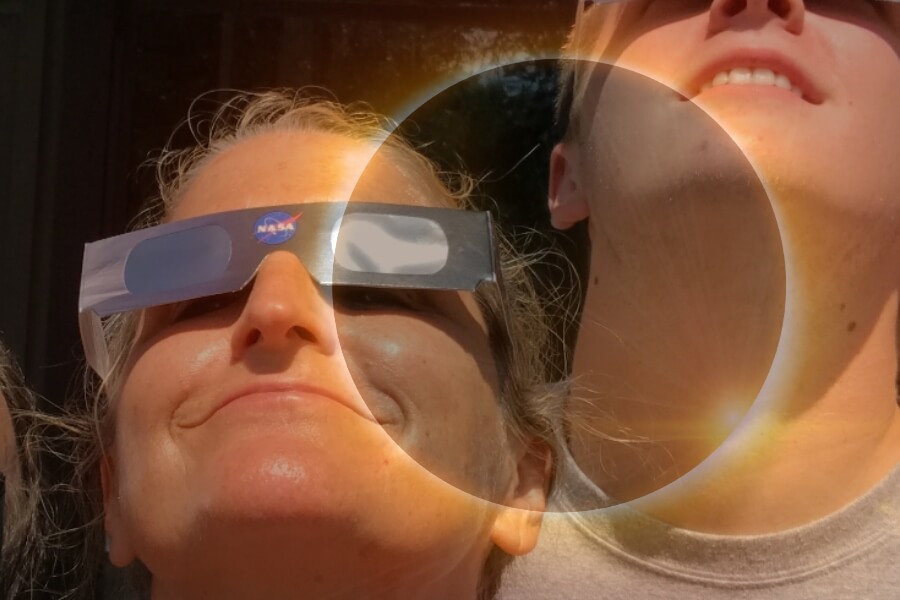



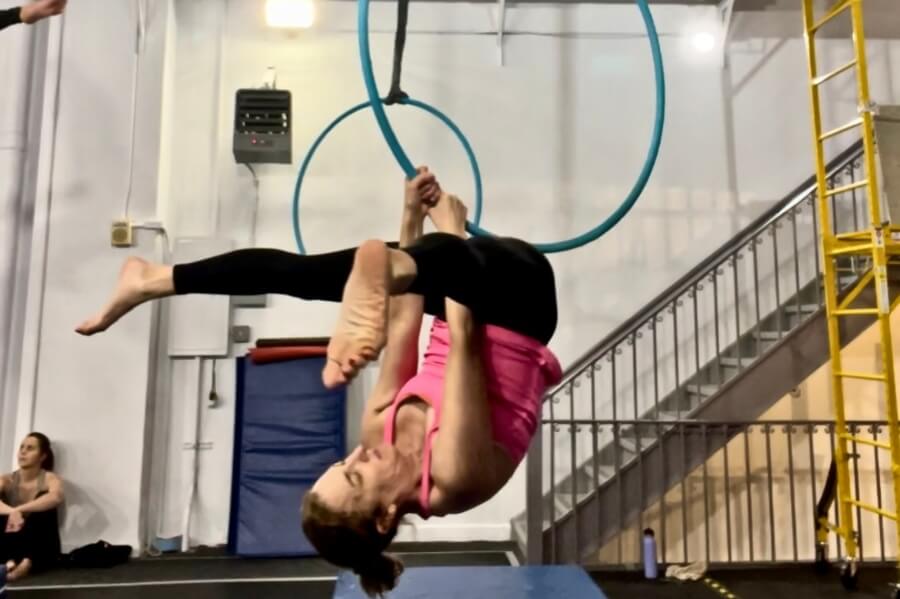
0 Comments